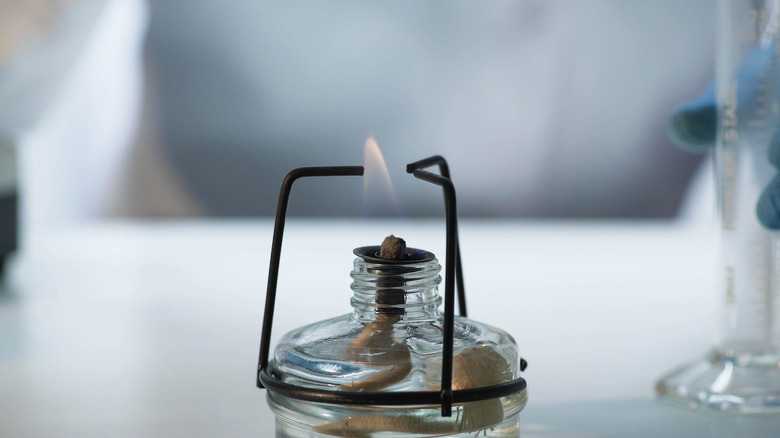The conversion of joules (j) to moles (mol) commonly is calculated when measuring the energy changes during chemical reactions. A joule is a measure of energy; a mole is a measure of mass. If a chemical reaction produces a certain amount of energy, you can figure out how many moles of chemicals were used to create the reaction. You will need to know the joules per mole (j/mol) produced by that specific type of reaction.
Step 1
Calculate the number of joules per mole that a specific chemical reaction should produce. For example, if you dissolve sodium hydroxide in water, the reaction will produce 55,200 joules per mole.
Step 2
Determine the number of joules of energy that were released in the reaction.
Step 3
Divide the number of joules released in the reaction by the known joules per mole constant for that type of reaction. For example, if a reaction between sodium hydroxide and water releases 30,000 joules of energy, divide 30,000 by 55,200 to get .54 moles.

